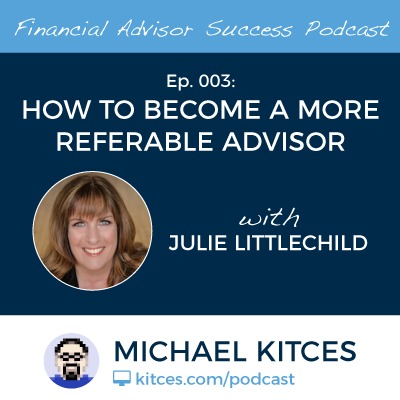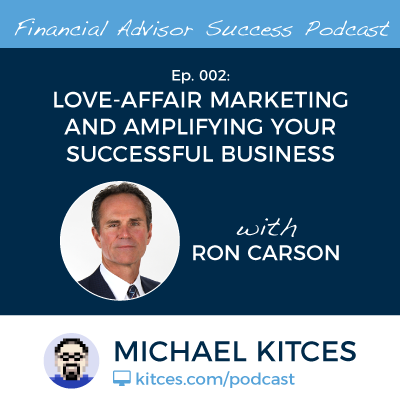Under the original rules for Social Security, workers upon reaching their "full retirement age" of 65 became eligible for a retirement benefit, with a slight increase in benefits if the worker delayed to as late as age 70. Later, prospective retirees also got the option to start benefits as early as age 62. Thus, under the current framework, those eligible for benefits can choose any starting age between 62 and 70, with an actuarial adjustment to benefits for starting earlier or later than full retirement age.
However, full retirement age itself is a moving target, as part of a multi-decade phased increase in the full retirement age from the original age 65, up to age 67 instead. For the past decade, upon reaching age 62, prospective retirees were all faced with a full retirement age of 66, but beginning in 2017, those turning age 62 this year are not actually eligible for full benefits at age 66. Instead, the full retirement age has shifted to age 66 and 2 months, and by 2022 will rise all the way to a full retirement age of 67 (for everyone born in 1960 or later). Except in the case of survivor benefits, where the full retirement age for 62-year-olds won't kick in until 2019, phasing in through 2024... which means for a period of time, there will be different full retirement ages for retirement versus survivor benefits!
Since the adjustment to full retirement age is based solely on birth year, though, the reality is that those who are impacted cannot necessarily "do" anything to change the outcome at this point – which is to effectively cause a slight decrease in the value of Social Security benefits, as the prospective retiree must wait a little longer to get the full benefit (or take a reduction to keep claiming it at the previous full retirement age of 66). Fortunately, the total reduction is barely more than a 1% haircut, growing to a maximum reduction of about 7% once the full retirement age shifts all the way to age 67.
And notably, while the full retirement age is now later – which means starting benefits at age 62 is "even earlier" and causes more of a reduction, while delaying until age 70 is "less" of a delay and doesn't give as much of an increase – the relative value of delaying Social Security benefits isn't substantively changed. For those who are optimistic about life expectancy, concerned about market returns, or wanting to hedge against inflation, the value of delaying Social Security remains about the same. However, because of how early benefit reductions are calculated for survivor benefits, the new rules actually do substantially reduce the value of delaying widow(er) benefits for surviving spouses – at least, if they're not also facing the Social Security Earnings Test!

 Welcome back for the third episode of the Financial Advisor Success podcast!
Welcome back for the third episode of the Financial Advisor Success podcast! Welcome to the second episode of the Financial Advisor Success Podcast!
Welcome to the second episode of the Financial Advisor Success Podcast!
